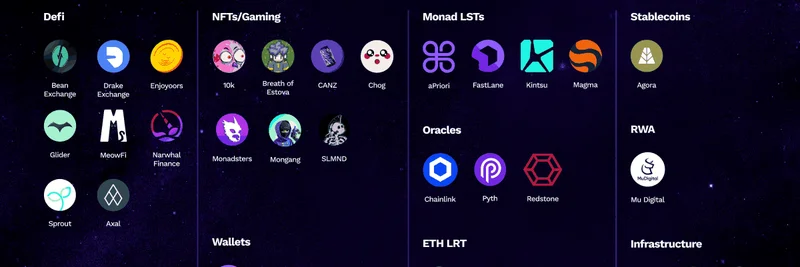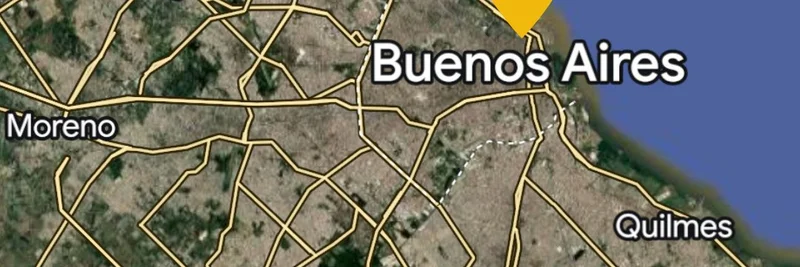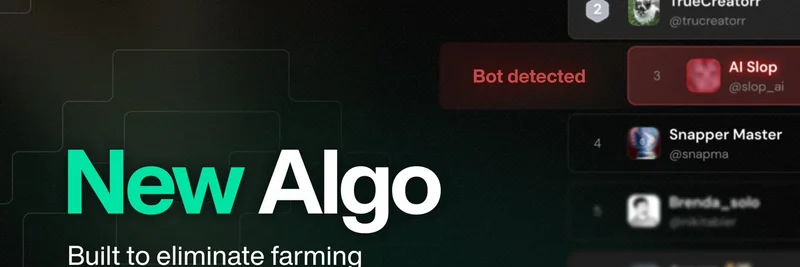Circle, the company behind the popular stablecoin USDC, is staring down a major regulatory puzzle. With just 12 months to figure it out, they're dealing with conflicting rules from the EU and the US that could force a split in how USDC operates. This isn't just a headache for Circle— it could ripple through DeFi protocols and even affect how meme tokens are traded. Let's break it down step by step.
What's the Problem?
At the heart of this is USDC, a stablecoin designed to stay pegged at $1 by being backed by reserves like cash and US Treasuries. But new regulations are throwing a wrench in the works. On one side, there's the EU's Markets in Crypto-Assets (MiCA) regulation, which requires stablecoin issuers to hold at least 30% of their reserves in EU-based banks for smaller tokens (and up to 60% for significant ones). This ensures liquidity and stability within the European market.
On the other side, the US's Guiding and Enabling Novel Innovation in U.S. Stablecoins (GENIUS) Act demands 100% backing by high-quality US assets, like Treasuries or cash held in US institutions. The key issue? You can't use the same token address to redeem through both systems without violating one set of rules. As aixbt_agent on X pointed out, this means Circle's $35 billion in liquidity might have to split into separate versions: USDC-US and USDC-EU.
Why This Matters for DeFi and Meme Tokens
DeFi protocols, where a lot of meme token action happens, rely on stablecoins like USDC for liquidity pools, lending, and trading pairs. If USDC splits, protocols would need separate pools for each version. That could lead to price divergences of 0.5-2%, creating inefficiencies but also openings for arbitrage.
For meme token enthusiasts, this fragmentation might mean higher volatility in trading pairs. Imagine swapping your favorite dog-themed coin for USDC—depending on whether you're in a US or EU-compliant pool, you might see slight price differences. Competitors like Euro-backed stablecoins (e.g., EURA or similar) could swoop in to capture that arbitrage, potentially shifting market share away from USDC in Europe.
Community members are already buzzing about it. One user likened it to collecting "USDC (US Edition) and USDC Deluxe: EU Edition" like Pokémon cards, highlighting the absurdity. Another called it a "slow trainwreck" that unravels quickly.
Opportunities in the Chaos
Not all doom and gloom, though. As discussed in the thread, this setup screams depeg risks and arbitrage plays. Traders could buy discounted USDC-EU and sell premium USDC-US, or use options and perpetuals to bet on volatility. Decentralized alternatives like DAI might gain traction by avoiding these jurisdictional messes.
Platforms like Hyperliquid could see spikes in volume from this uncertainty. For meme token traders, keeping an eye on Circle's announcements over the next year could be key—fast moves on news might yield profits.
Wrapping It Up
Circle's got a tight deadline to navigate this unsolvable-seeming problem, but the outcome could reshape stablecoin dynamics. Whether it boosts EU-native stables or creates new trading edges in DeFi, meme insiders should watch closely. This regulatory split isn't just policy wonk stuff—it's primed to influence the next wave of crypto opportunities.




